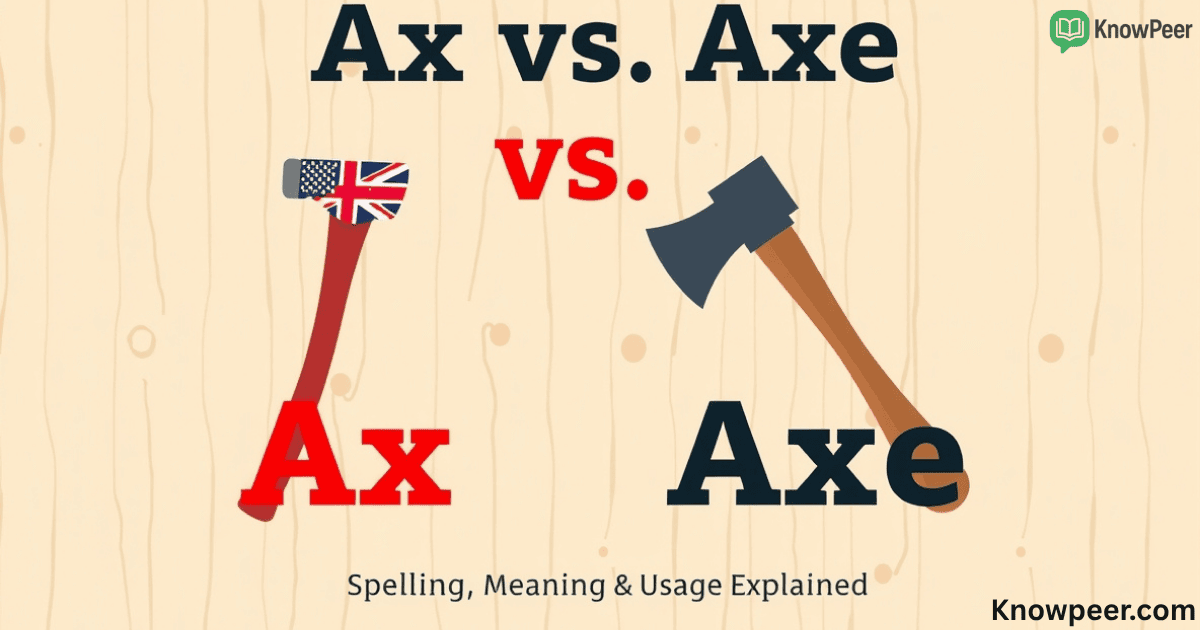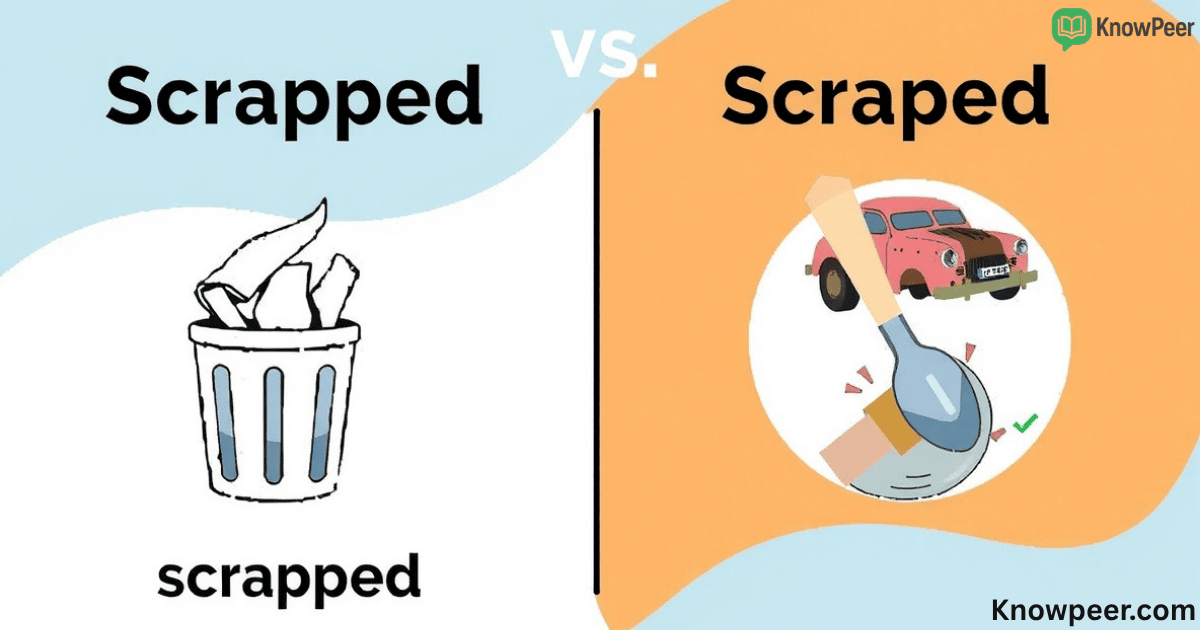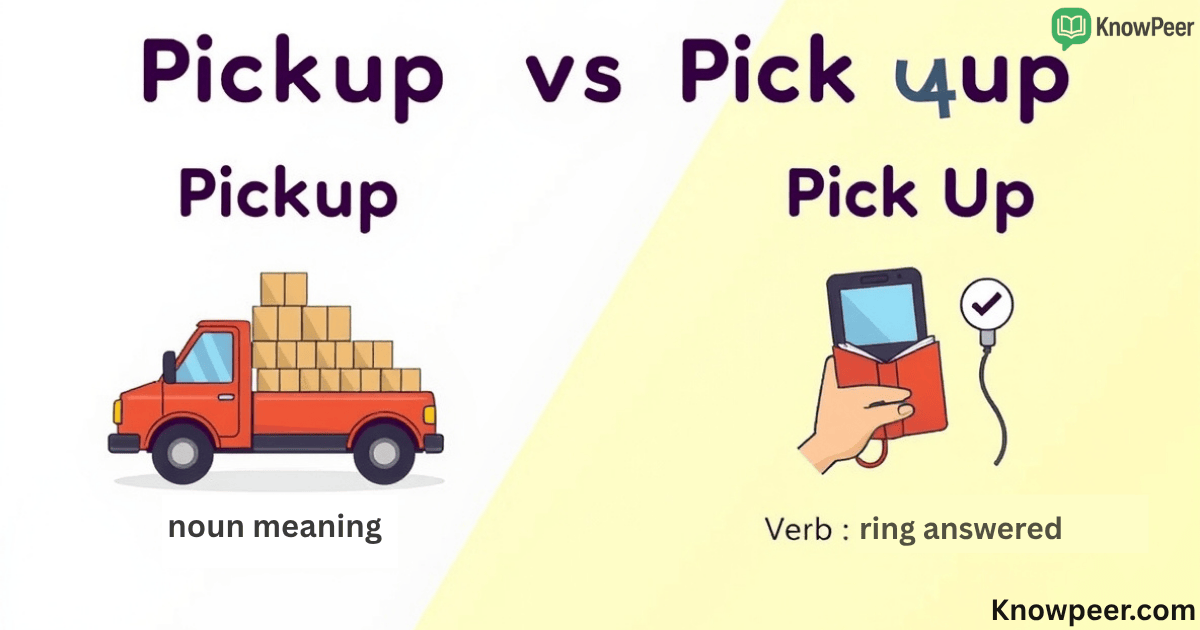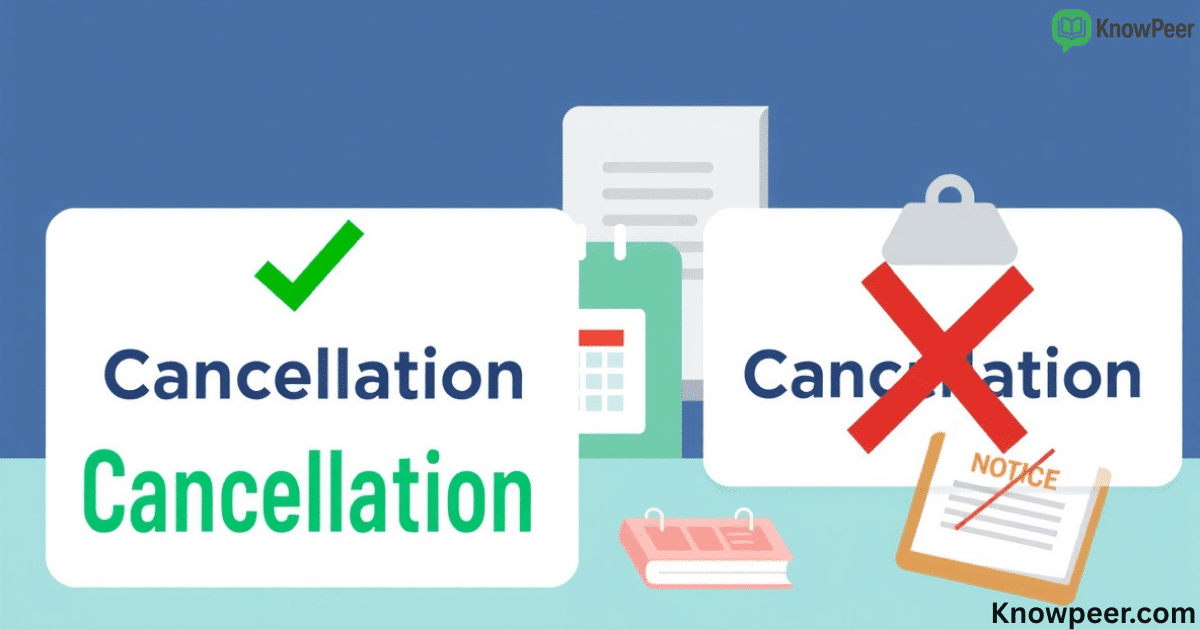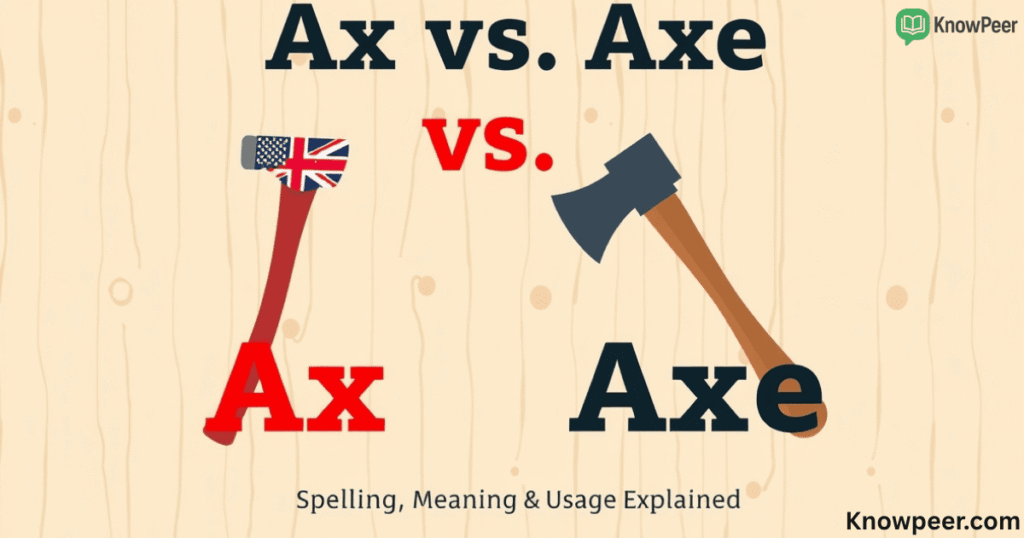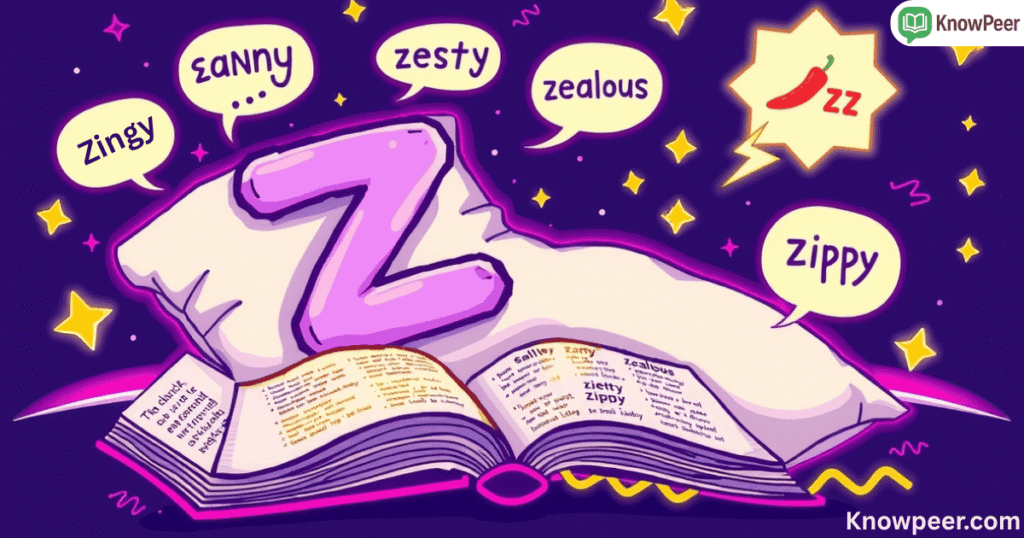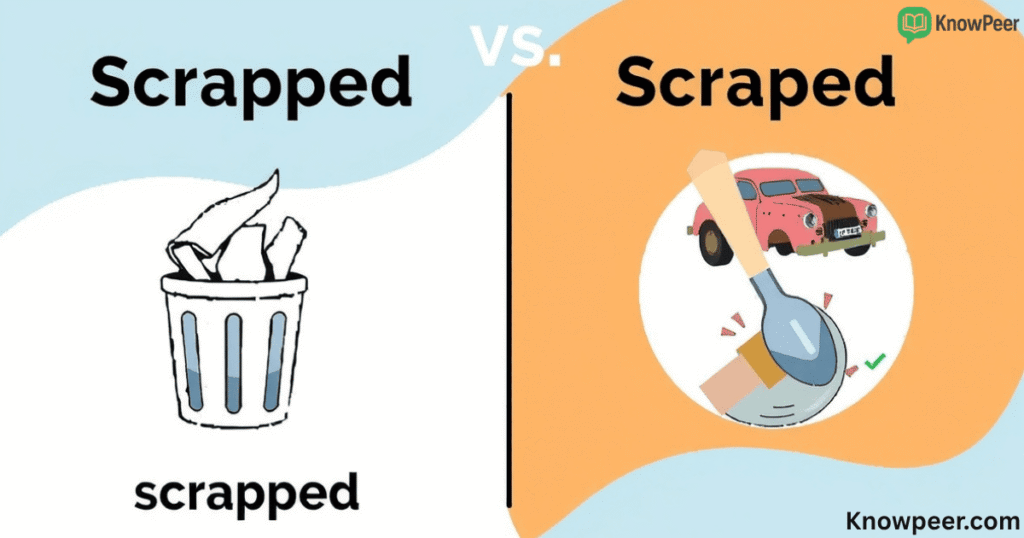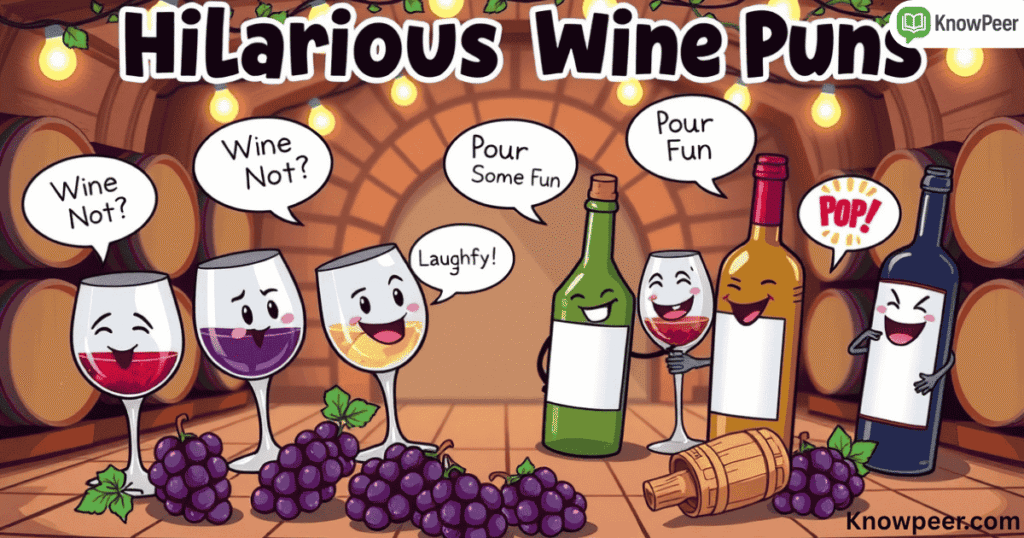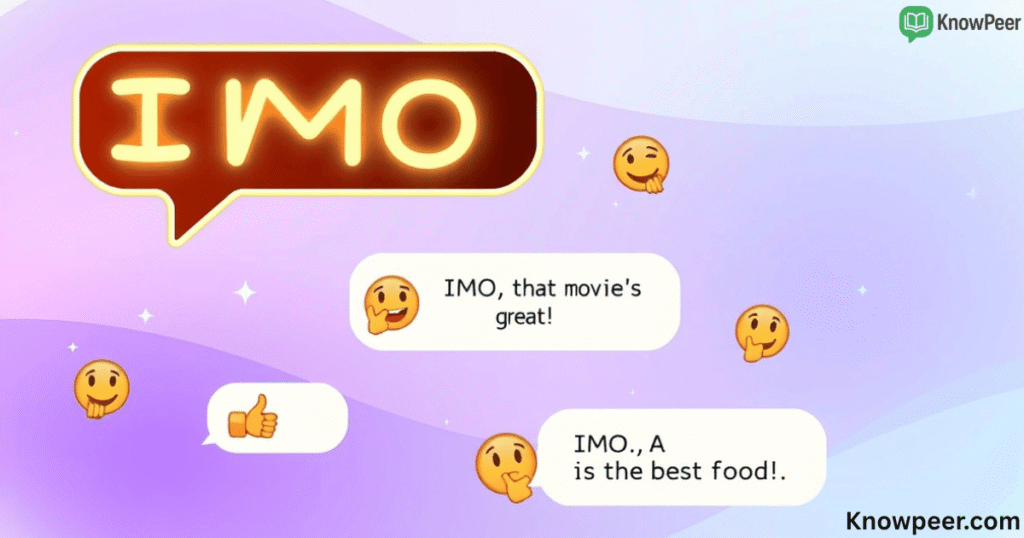“Writing” vs. “Writting” – Which Is the Correct Spelling?
This is one of the most common spelling mistakes in English. The correct spelling is “writing”, and “writting” is not a real word. You will not find “writting” in any official dictionary. The confusion usually comes from grammar rules about doubling consonants when adding endings like “-ing.” People assume that since words like “run” become “running,” the same must apply to “write.” But English doesn’t always follow the same pattern. The word “write” ends with a silent ‘e’, and that’s the key difference. When you add “-ing” to a word that ends in “e,” you drop the “e” and do not double the consonant. So “write” becomes “writing,” not “writting.” It’s a simple rule that stops you from making a mistake that can look careless or unprofessional.
Using the wrong spelling can change how people see your work. Whether you’re writing a school essay, an email, or a blog post, spelling errors hurt your credibility. Think of “writing” as your voice on paper. If you want people to take your message seriously, make sure your words look clean and correct. Remember this one: “Write drops the e before adding -ing.”
Why the Confusion Happens: Grammar Rule Behind the Error
English spelling rules can be confusing. One of the main reasons people write “writting” is because of the consonant doubling rule. This rule says to double the last consonant before adding “-ing” if the verb ends in a consonant-vowel-consonant pattern and is a one-syllable word. That rule works for run → running and sit → sitting, but not for longer or irregular words.
| Base Verb | Correct -ing Form | Rule |
| Write | Writing | Drop silent “e”, no double “t” |
| Sit | Sitting | One syllable, CVC, double final consonant |
| Run | Running | One syllable, CVC, double final consonant |
| Love | Loving | Ends in “e,” drop it |
| Make | Making | Ends in “e,” drop it |
“Write” ends with a silent “e”, so we remove the “e” and simply add “-ing.” That’s why “writing” is right, and “writting” is wrong.
What Does “Writing” Actually Mean in Modern English?
In modern English, “writing” refers to both the act of putting words together and the final result of that action. It’s the present participle of the verb “write,” meaning to form letters, words, or sentences using tools like pens, pencils, or keyboards. But it’s more than just marks on a page. Writing is a form of communication. It helps people share thoughts, ideas, information, and emotions across distance and time. Whether you’re writing a story, a tweet, or a legal report, the goal is the same—to express something clearly and effectively.
Writing also describes a skill. It’s not only what you do, but how well you do it. Good writing is logical, easy to follow, and suited to its purpose. It can be academic, technical, creative, or casual. Each style uses different words and tones, but the base idea stays the same: putting ideas into words others can understand. In today’s world, writing also includes digital formats—emails, blog posts, texts, social media updates, and more. So, when we talk about “writing” now, we mean everything from handwritten letters to online messages. It’s a vital part of modern communication, work, and education.
Root Word and Etymology: Where “Writing” Comes From

The word “writing” has deep historical roots that go back over a thousand years. It comes from the base verb “write,” which first appeared in Old English as “writan,” meaning “to score, form letters, or inscribe.” At that time, writing didn’t always mean putting words on paper. It often referred to scratching marks into wood or metal, a common practice before ink and paper became widespread. Over time, the meaning expanded to include forming letters and recording language. The Old English “writan” came from the Proto-Germanic word “writanan,” and it is also related to the Old Norse “rita” and Old High German “rīzan,” all of which carry meanings connected to scratching, drawing, or marking.
As the English language evolved through Middle English and Early Modern English, the spelling and meaning of “writing” became closer to what we know today. In the 14th century, “writing” started to mean the act of composing texts or letters. By the 16th century, it had become a regular part of English used in literature, science, religion, and law. Today, the word carries not only its original idea of marking symbols, but also the broader concept of creating structured, meaningful communication in written form.
Common Words That Follow the Same Spelling Pattern
Many English words follow the same rule as writing. These are verbs that end in silent “e” and just drop the “e” when we add “-ing.” Let’s look at some examples in a table.
| Base Verb | Correct -ing Form |
| Make | Making |
| Bake | Baking |
| Hope | Hoping |
| Love | Loving |
| Write | Writing |
These examples show a clear pattern. None of these words double the final consonant because of the silent “e.” The rule is easy once you spot it. Drop the “e” and add “-ing.”
Synonyms of “Writing” and Their Contexts
The word “writing” is broad, and depending on how it’s used, it can be replaced with different synonyms that better fit the tone or context. In general terms, writing can be swapped with words like composing, drafting, scripting, recording, penning, documenting, journaling, or notetaking. Each of these has a slightly different use, depending on the setting and purpose. For instance, in creative settings like novels or poetry, “composing” or “penning” may be more suitable. When writing for news or research, “documenting” or “recording” is often preferred. In casual conversation or informal tasks, words like “jotting down” or “notetaking” feel more natural.
| Synonym | Typical Usage Example |
| Composing | Composing music, essays, or speeches |
| Drafting | Drafting a business proposal or email |
| Scripting | Scripting for films or presentations |
| Recording | Recording facts or observations |
| Penning | Penning letters or poetic works |
| Journaling | Personal reflections or daily logs |
Each synonym brings its own shade of meaning. Using the right one helps clarify your tone and makes your message sound more thoughtful. The variety in vocabulary also keeps your writing fresh and engaging. Just remember that while all these words relate to writing, their strength lies in choosing the one that fits the moment best.
Is “Writting” Ever Acceptable in English?
The word “writting” is never correct in modern English. It may look like it could be real, but it’s simply a spelling mistake. You will not find “writting” in any reliable dictionary such as Merriam-Webster or Oxford. It does not have a definition, pronunciation, or proper usage. The confusion comes from misunderstanding English grammar rules, especially the ones related to doubling consonants when adding endings like “-ing.” Some people incorrectly apply the rule to “write,” thinking it follows the same pattern as “run → running” or “sit → sitting.” But it doesn’t work that way for verbs that end in a silent “e” like write.
There are no situations in formal, informal, academic, or even casual writing where “writting” is acceptable. Even spellcheck tools and grammar apps will flag it as a mistake. That said, it still shows up often online and in student work, especially by English learners. Learning the correct form—writing—is essential if you want to sound professional and be clearly understood. If you’re ever unsure, remember this simple rule: drop the silent “e” and don’t double the “t.” That will help you avoid this common and embarrassing error every time.
How to Avoid Misspelling “Writing” Again

A good way to remember the correct form is this: “Write drops the E before -ing.” That’s it. No extra “t.” Another memory trick is to think of how you spell “write.” It only has one “t,” so the “-ing” form should follow that same pattern.
Try writing it out loud or using it in a sentence. Repetition helps. You can also say: “If the word ends in silent E, just drop the E.” That covers many other words, too, so it’s a useful grammar tip to keep in your pocket.
How “Writing” Is Pronounced Correctly
The word “writing” is pronounced as /ˈraɪ.tɪŋ/ in phonetic spelling. It has two syllables, and the stress is on the first one: RAI-ting. The “w” is silent in everyday speech, so even though you see it in the spelling, you won’t really hear it. The vowel sound “rai” rhymes with “sky,” and the second syllable is softer, sounding like “ting.” In fluent speech, especially in American English, the “t” may sound like a soft “d”—so it might come out sounding like “riding.” This is due to a phenomenon called flapping, where the “t” sound between vowels is pronounced like a soft “d.” However, even with different accents or speech styles, the spelling stays the same.
Many learners get confused because of the silent letters or because of how fast the word is spoken. But it’s important to match both the pronunciation and spelling for clear communication. Practice helps. Try saying it slowly: “RAI-ting.” Then say it faster. When you hear it in conversation or media, notice how the sound flows. Understanding the correct pronunciation not only helps with speaking but also with recognizing the correct spelling. Even if it sounds different in speech, always remember that “writing” is spelled with one “t.”
Final Thoughts
Spelling matters. A simple error like writting instead of writing can make your work look careless. It might seem small, but people notice. Especially in resumes, emails, essays, or business writing, your spelling speaks before you do.
Take time to learn and apply rules like dropping the silent “e.” They don’t just help with one word—they improve your whole vocabulary. And when you get comfortable with spelling, grammar, and style, your writing becomes more confident, clear, and powerful.

